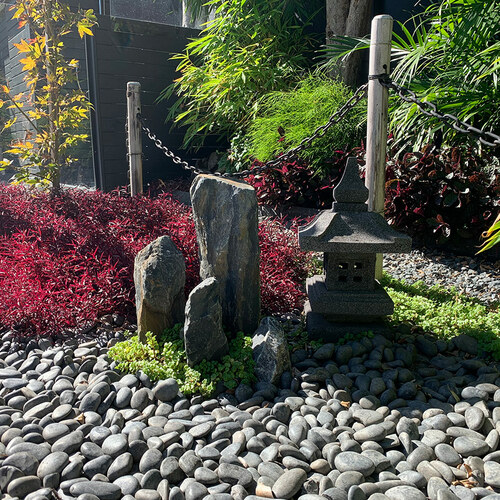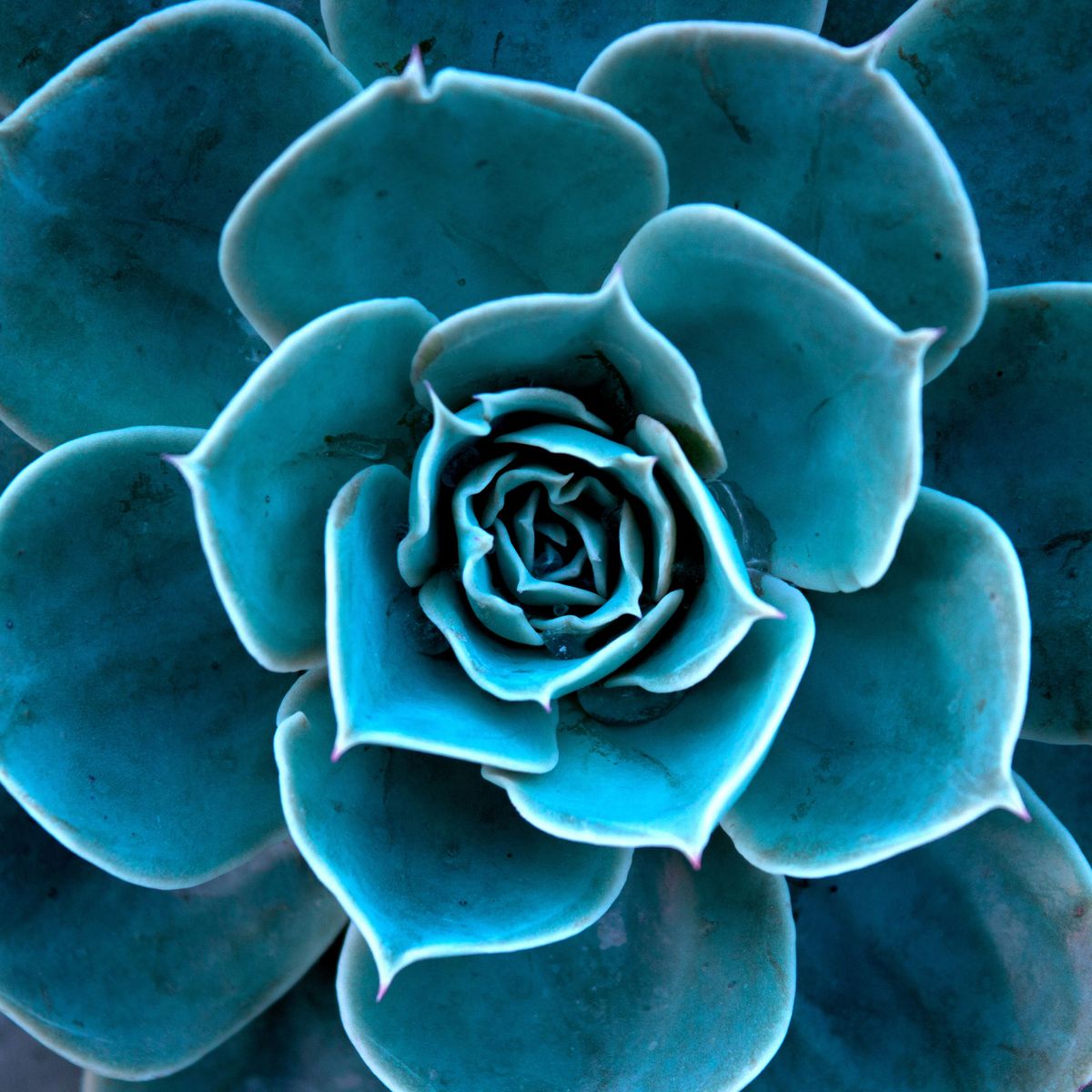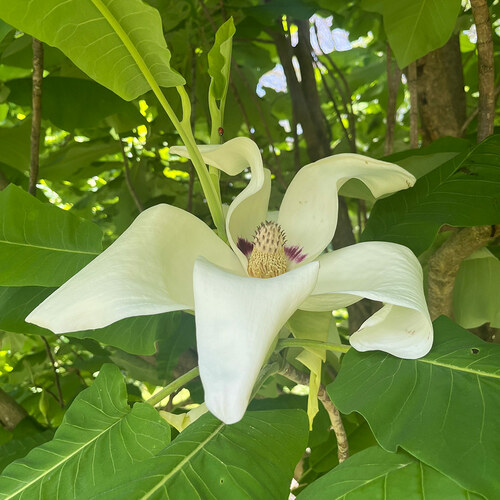In my neighborhood, there is a lot of chatter between neighbors about home security. We watch and look for strangers that may be up to mischief, let each other know if something looks off around each other’s property, and keep an eye out for unusual activity. As gardeners, though, we often want a soft appearance and think that fences are too harsh looking, expensive, and unfriendly to incorporate into our landscape. The solution is to find a more beautiful way to secure our properties. Some plants have developed protective measures to keep pests at bay, and we can lean into those traits to keep strangers out of our yards. Shrubs with dense, stiff limbs—sometimes with thorns—are the best plants to increase home security.
Good Defender Plants

Barberry
(Berberis spp. and cvs., Zones 4–9)
Any one of the species making up this hardy group of plants are a good choice for security measures. There are many different varieties, sizes, and colors, and although some are considered invasive in certain parts of the country, there are native barberries to choose from as well. These plants make excellent hedges and are also good protectors when planted singly or in masses along a property line that receives full sun.
Notable varieties:
Evergreen barberry (B. darwinii) has lovely orange flowers in early spring that pollinators adore. It grows quickly in a thick, thorny mass 7 to 8 feet tall and wide but can be kept smaller with pruning.
Purple Japanese barberry (B. thunbergii* f. atropurpurea) is also tall and thick growing. Purple leaves give way to amazing fall color, leaving dangling red berries on bare thorny branches that persist through winter. Plants usually get 3 to 6 feet tall and wide.

Beach rose
(Rosa rugosa* and cvs., Zones 5–9)
Tough, dense roses that are drought and salt tolerant, beach roses are often planted in public spaces to guide walkers into staying on paths. In certain areas of the country, this plant can be aggressive, so planting it within a metal barrier to keep it in place is a good idea. A full sun to partial shade location with excellent drainage is best. They typically get 4 to 6 feet tall and wide.
Notable varieties:
‘Blanc Double de Coubert’ beach rose (R. rugosa ‘Blanc Double de Coubert’) has a double white bloom with good red hips in fall. Its growth is dense, becoming impenetrable with very thorny branches over time.
Robusta™ (R. rugosa ‘KORgosa’) is a newer variety with single red flowers. The branches are covered in nail-like thorns that deter even the bravest of trespassers.

Firethorn
(Pyracantha spp. and cvs., Zones 5–9)
Many varieties of this genus grow quickly into a shrub-like form. Usually covered with long thorns that can cause damage to anyone encountering them, these plants will tolerate full sun to partial shade and a wide range of soil types. Some species can be considered invasive in certain parts of the United States, though each of the varieties listed below are hybrids.
Notable varieties:
‘Teton’ firethorn (Pyracantha ‘Teton’) is a popular hedging choice thanks to its clusters of white flowers in early summer followed by orange-yellow fruit in the winter. Glossy evergreen leaves hide the seriously long thorns along the stems. ‘Teton’ will get 4 to 12 feet tall and 3 to 6 feet wide.
‘Mohave’ firethorn (Pyracantha ‘Mojave’) has red-orange berries in the fall that are stunning. The plant is covered with white flowers for pollinators in early spring. Because of the impressive thorns, gloves are needed when planting and doing any pruning. ‘Mohave’ will get 8 to 12 feet tall and wide.
All these shrubs are good candidates for the back of the border, along a driveway, flanking a property line, or near a sidewalk. These can be planted in a natural design if the branches are allowed to meet so they can keep people from going around them. They also work as mixed hedges with other plant varieties.
Tip: For better security, think like the English
A quick study of hedgerows in England also gives good ideas about how to create an attractive barrier for trespassers. These hedges often mix several varieties of plants including hawthorn (Crataegus spp. and cvs., Zones 3–9), roses (Rosa spp. and cvs., Zones 4–9), and flowering quince (Chaenomeles spp. and cvs., Zones 4–9). These hedges provide food, shelter, nesting areas, and pollination services for many animals, birds, and insects.
To discuss these ideas or ask other gardening questions, chat with the author on the Gardening Answers forum.
To read more on Pacific Northwest gardening, go here.
Read more about thorny, prickly, and privacy plants:
The 8 Best Plants for Privacy
Plants that Evolved Nasty Defenses Against Pests
Evergreen Trees and Shrubs for Screening
*These plants are considered invasive in some areas of the country. For more information, please visit: https://www.invasiveplantatlas.org/.
—Susan Calhoun is the owner of Plantswoman Design in Bainbridge Island, Washington.
Photos credited throughout.
Fine Gardening Recommended Products

A.M. Leonard Deluxe Soil Knife & Leather Sheath Combo
Fine Gardening receives a commission for items purchased through links on this site, including Amazon Associates and other affiliate advertising programs.
MULTITASKING DUAL EDGES: a deep serrated edge and a tapered slicing edge ideal for tough or delicate cuts. DURABLE 6-inch stainless steel blade withstands 300 lbs of pressure. TWINE CUTTING NOTCH, DEPTH GAUGE MARKINGS & spear point – no need to switch tools when using this garden knife. LEATHER SHEATH: heavy duty, protective, clip on sheath to keep your knife convenient and secure. LIFETIME WARRANTY.











